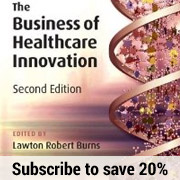Hear me out. I am a first-generation, working female in my family. My mom was your typical 70s woman that stayed home with her kids and didn’t have, or even want, a career. Or so she said. The laws surrounding job discrimination and sex-based wage disp…


